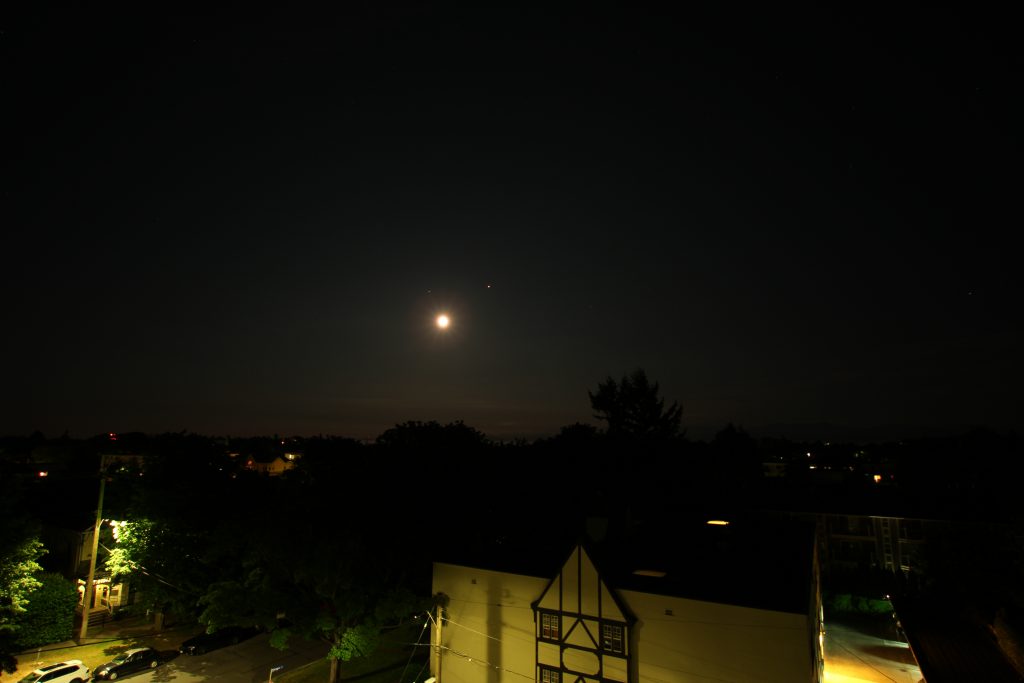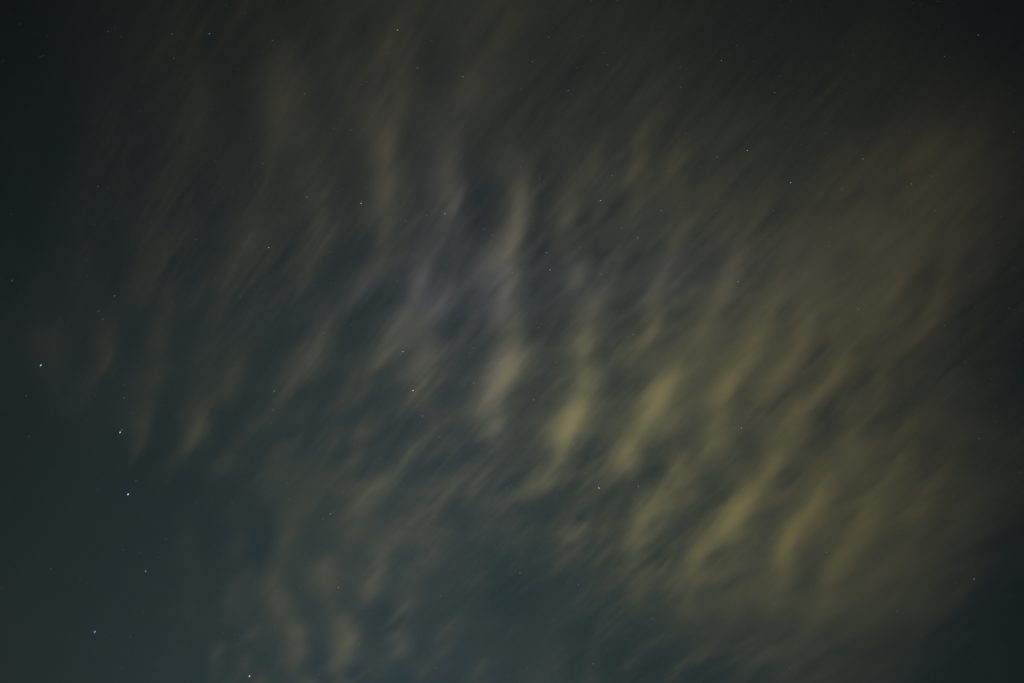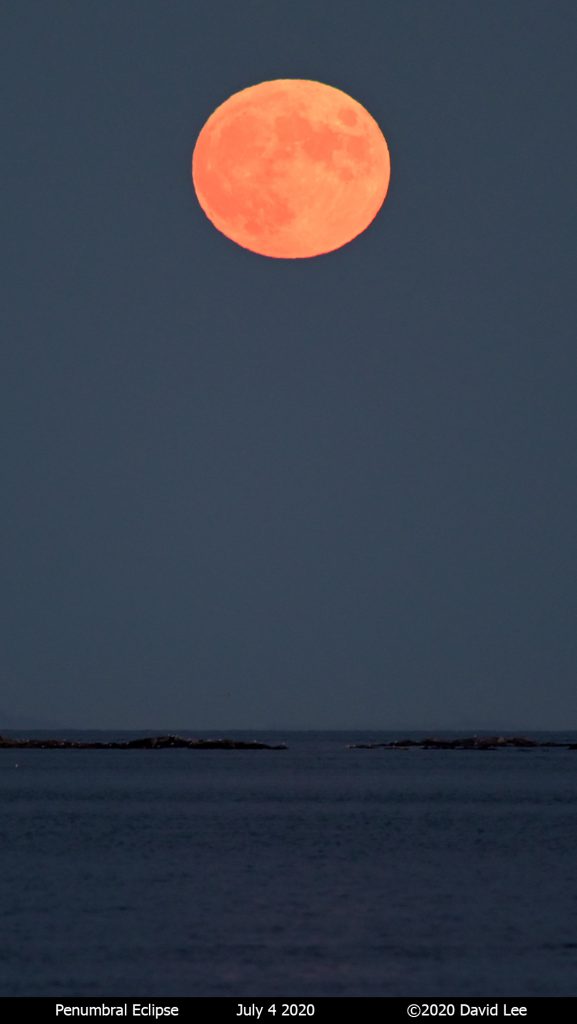Views from Doug Hardy’s Deck


David Lee’s Creamsicle Moon
Could Creamsicles overtake Viva Puffs to become the favourite Astro Cafe summer treat? Penumbral Eclipse July 4. 2020 Billed as a subtle eclipse the penumbral shadow is subtle. What David didn’t expect was the orange ball that emerged from the horizon. A nice creamsicle colour! Camera: Nikon Z6 with FTZ adapter Lens: Nikkor 300/4 AFS with 1.4 x TC Effective 420mm cropped. Sensor ISO: 1600. Exposure: 1/100 sec at f/5.6
Processing: Adobe Photoshop CC 2020

Martian Citizen Science: Zoom Webinar at 11AM Tuesday
Meg Schwamb (Queen’s University Belfast) will be speaking about “Exploring Mars with 150,000 Earthlings.”
Planet Four (http://www.planetfour.org) and Planet Four: Terrains (http://terrains.planetfour.org) are citizen science projects mining Mars Reconnaissance Orbiter (MRO) images to explore how the south pole of Mars is sculpted by the never-ending cycle of freezing and thawing of exposed carbon dioxide ice. In the summer, carbon dioxide jets loft dust and dirt through cracks in the thawing carbon dioxide ice sheet to the surface where winds blow the material into the hundreds of thousands of dark fans observed from orbit. Planet Four enlists over 136,000 volunteers to map the sizes, shapes, and orientations of these fans in high resolution images. Planet Four is creating an unprecedented wind map of the south pole of Mars in order to probe how the Martian climate changes over time and is impacted year to year by dust storms and other global-scale events. Planet Four: Terrains, aims to study the distribution of the jet process across the south pole and identify new targets of interest for MRO. Over 12,000 people have helped identify the channels and pits (dubbed araneiforms) carved during the jet formation process. In this talk, I’ll give an overview of Planet Four and Planet Four: Terrains and present the latest results from these projects.
Zoom info: Meeting ID: 954 6636 7375 password: DAOseminar
Please click this URL to start or join. https://monash.zoom.us/j/95466367375?pwd=cVJpdEZjVW1kaHAyWGo4Um9NOWxkZz09
Astronomy Poem inspires Mystery Novel: from Marjie Welchframe
“Though my soul may set in darkness, it will rise in perfect light;
I have loved the stars too truly to be feaful of the night.”
From poem The Old Astronomer
Sarah Williams/S.A.D.I.
English poet/novelist, 1868
Novelist Ian Rankin titled his Inspector Rebus novel Set in Darkness after these lines. The poem is written from the perspective of an aged astronomer on his deathbed bidding his student to continue his humble research. The lines have been chosen by a number of professional and amateur astronomers as their epitaphs. Entire poem:
https://en.wikisource.org/wiki/Twilight_Hours_(1868)/The_Old_Astronomer